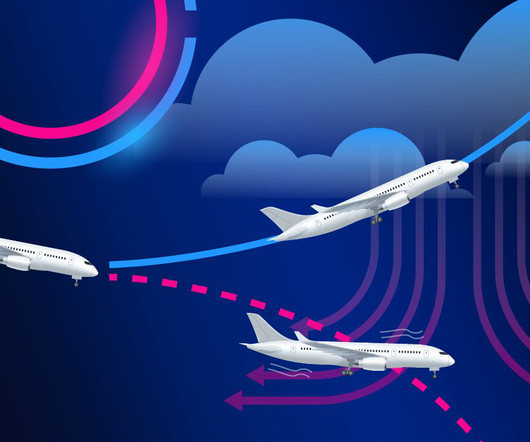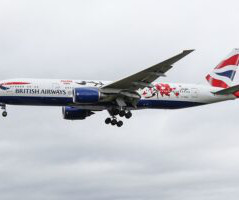Visual Angle of Attack Indicators and Systems Engineering Theory
Air Facts
APRIL 14, 2025
An historical antecedent is the concept of the unstable approach. This idea came from the airline industry, perhaps in the 1990s, with the well-intentioned goal of reducing airliner accidents. In light airplanes, thermals and downdrafts displace the airplane significantly from the desired final approach path.











Let's personalize your content